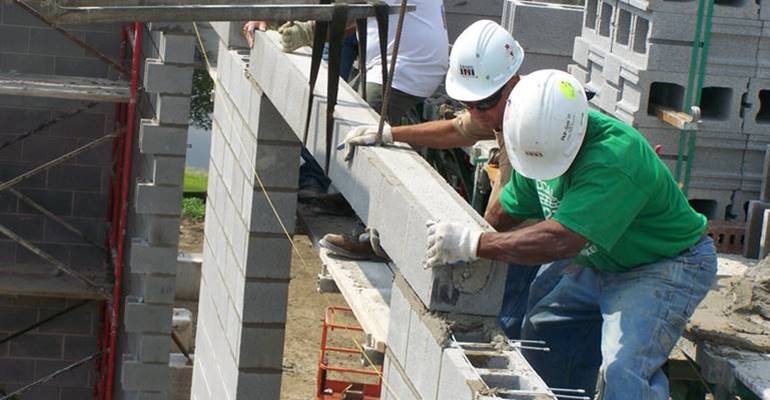QUESTION: I work for a structural engineering firm and am researching best practices for installing new openings in masonry walls. Particularly I’m looking into methods for adding reinforced jambs, dealing with existing (or non-existing) control joints, and the most constructible types of lintels. At first glance, I couldn’t find any guidance on the IMI website, but was hoping someone could point me in the right direction either on the website or to some other source.
RESPONSE: You are correct, there is nothing on our website that addresses this. Your question has many different layers and the solution(s) can be specific to your project. However, here are some general comments. We would be happy to visit your office to discuss this more.
To add vertical reinforcement within an existing masonry wall you would need a clear path for the rebar and appropriate space for grout coverage. Depending on the masonry type (brick vs. CMU for example), this may be impractical. The only way to determine if this is to do some destructive investigation.
First of all, when you say “control joints” this means to us that you are talking about movement joints that pass through concrete-based materials (as opposed to expansion joints in clay brick), right? The lack of control joints in CMU can be corrected by cutting in new control joints. This is a relatively easy task.
In new construction, the most constructible (cost, speed, availability, practicality) lintels are masonry lintels (either built in place or prefabricated), followed by precast, or hollow prestressed/precast lintel – see images below. Structural brick lintels also work well. The main idea here is that the last possible solution you should consider would be structural steel lintels. The problems with structural steel are differential movement, cost, delivery time, and the effort and failure-prone task of putting masonry “soaps” over the steel sections.

For longer masonry lintel span, simply use more courses. Easy. The longest masonry lintel we have designed spans 52’-0” (12-courses). A 34’-0” long masonry lintel (7-courses) was built at an elementary school in Milwaukee.





